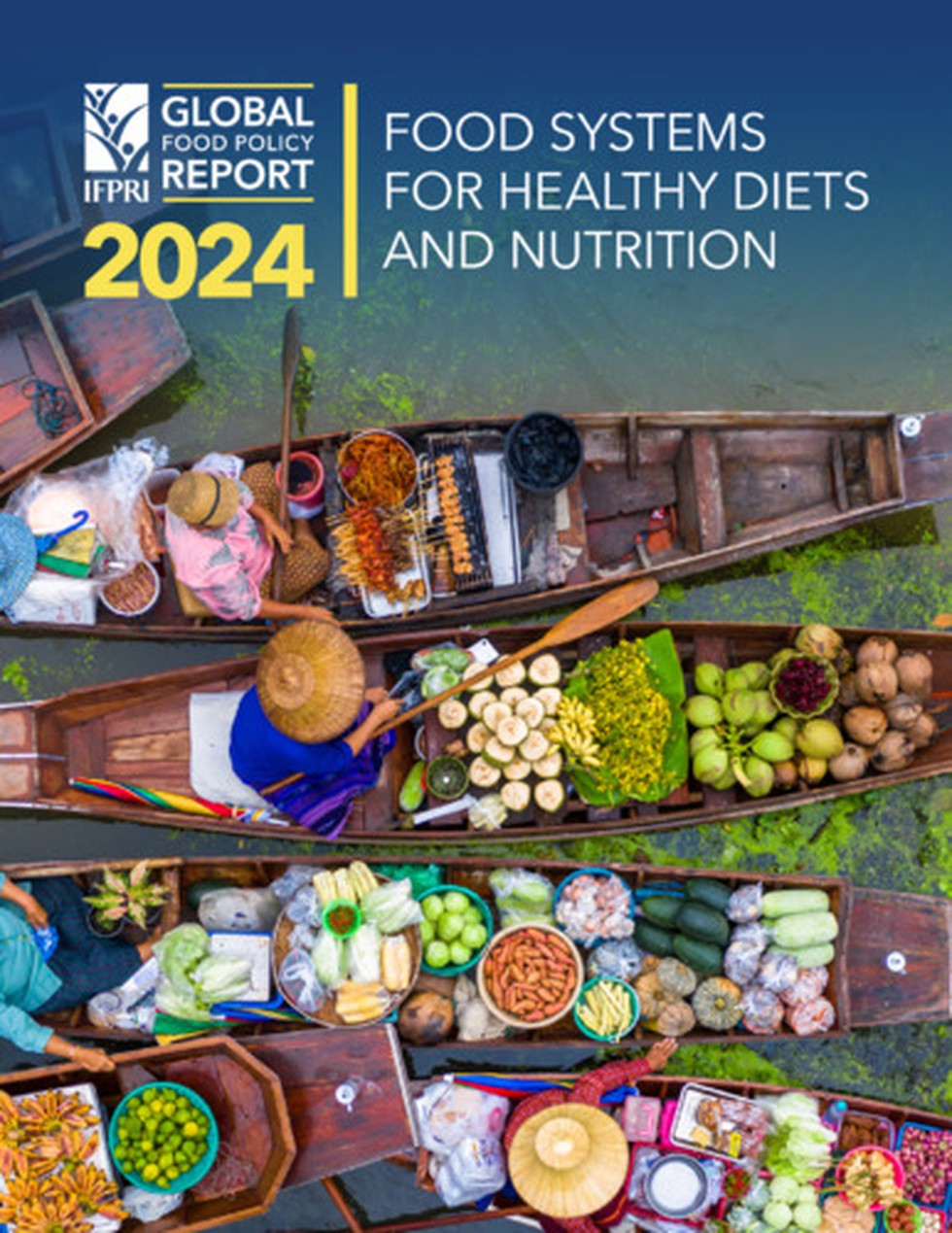Key highlights of Global food policy report 2024:
- It mentions that at least 38 per cent of the Indian population ate unhealthy foods, while only 28 per cent ate all five recommended food groups, which include at least one starchy staple food, one vegetable, one fruit, one pulse, nut or seed and one animal-source food.
- The consumption of such calorie-dense and nutrient-poor foods was not only high but was also increasing, while the consumption of vegetables and other micronutrient-rich foods was low.
- In India and other South Asian countries, consumption of processed foods is on the rise. After cereals and milk, snacks and prepared foods accounted for the majority of Indian food budgets.
- In India, the proportion of the population suffering from malnutrition increased from 15.4% in 2011 to 16.6% by 2021.
- The prevalence of overweight in adults increased from 12.9% in 2006 to 16.4% in 2016.
- Similarly, the share of packaged (highly processed and calorie-dense) foods in household food budgets nearly doubled during this period, to 12 per cent from 6.5 per cent.
- In the South Asian region, the report highlighted that micronutrient-rich foods were expensive, whereas cereals, fats and oils, sugar, and sugary and salty snacks were relatively inexpensive.
Key facts about the International Food Policy Research Institute (IFPRI)
- It was established in 1975 and provides research-based policy solutions to sustainably reduce poverty and end hunger and malnutrition in developing countries.
- It is a research centre of CGIAR, which is the world’s largest agricultural innovation network.
- Its research focuses on five strategic research areas:
- Fostering Climate-Resilient and Sustainable Food Supply
- Promoting Healthy Diets and Nutrition for Al
- Building Inclusive and Efficient Markets, Trade Systems and Food Industry
- Transforming Agricultural and Rural Economies
- Strengthening Institutions and Governance
- Headquarters:Washington, D.C
